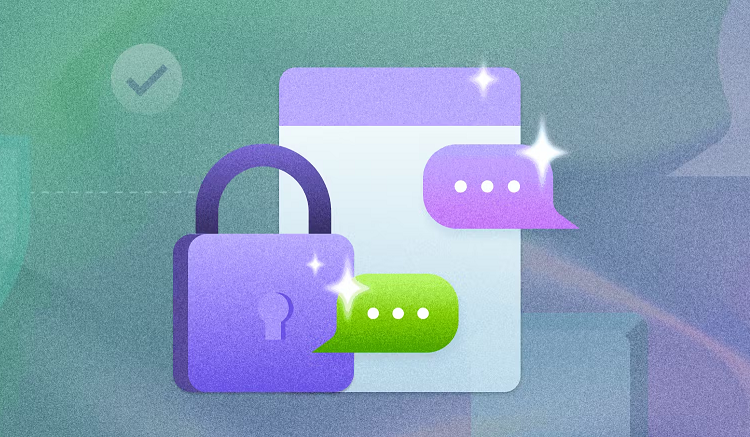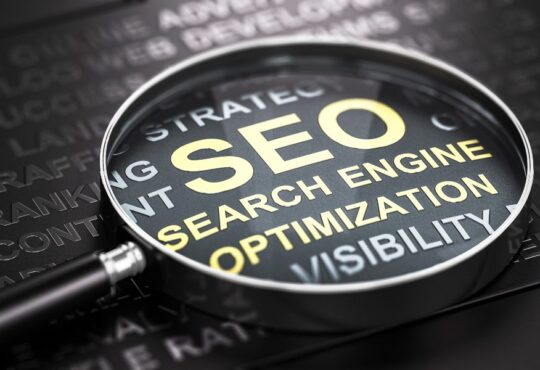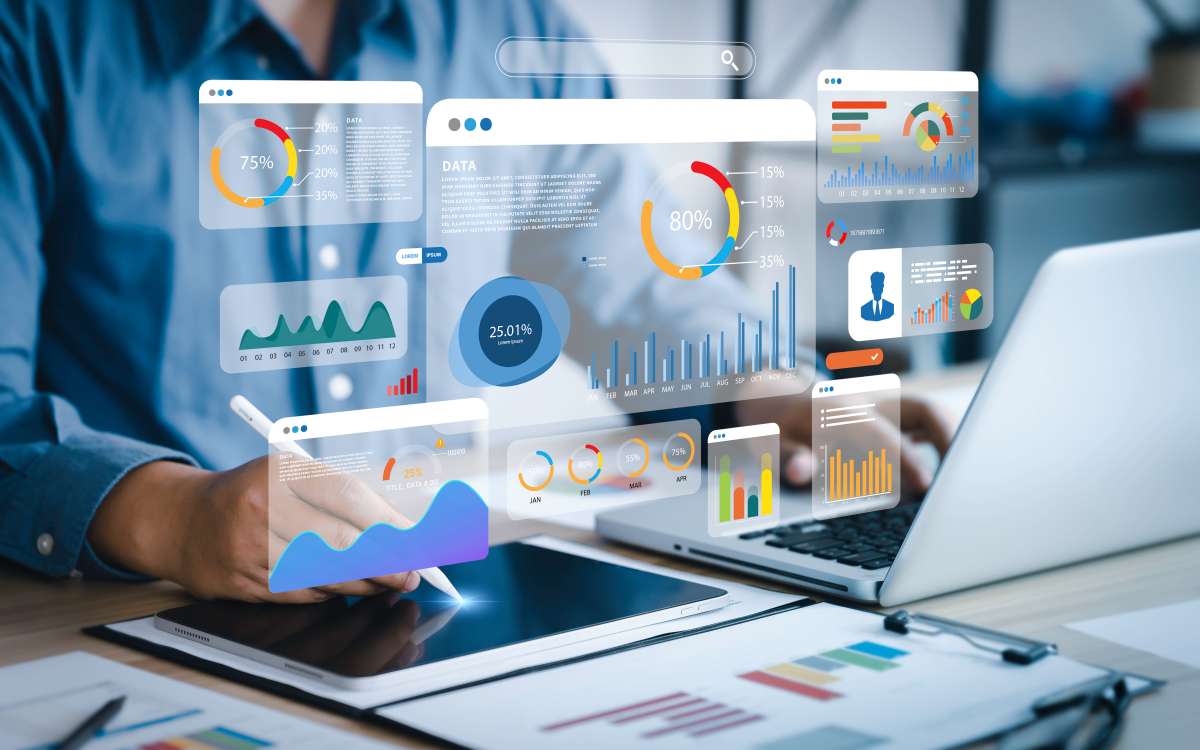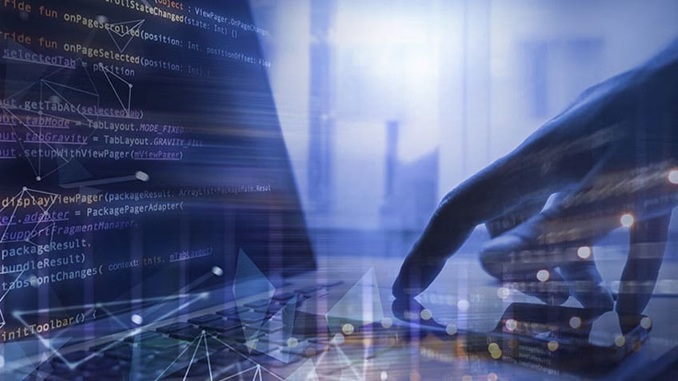
By 2025, the workplace will have come a long way, as everything alludes to remote work becoming a staple in business because of the flexibility it provides along with the ease of acquiring talent. Distributed teams, however, come with their own challenges when it comes to productivity and accountability due to the absence of physical supervision. These challenges can be tackled via remote employee monitoring software, an advanced tool that offers multi-faceted insights into work activities while safeguarding trust. Such Controlio tools improve productivity instead of just focusing on supervision, thereby further assisting businesses in supporting their remote workers. This article dives into the ways remote monitoring software aids in improving productivity and accountability, along with its advantages, core functions, ethical use, and changing dynamics of remote working conditions.
What is remote employee monitoring software?
Remote employee monitoring software consists of a package of tools that tracks and examines an employee’s activity during work hours. Some of the parameters these systems look into include time allocation on tasks, application activity, project completion, and, at times, even geographic location. Using advanced AI (artificial intelligence) and analytics, these systems provide data that is actionable towards business/s operational goals.
An example of an application of remote employee monitoring is the Controlio tool. It provides real-time monitoring, productivity tracking, and self-customizing reporting, allowing businesses to have a window into remote work processes. This ensures that there is productivity and accountability among remote teams.
Advantages of Remote Employee Monitoring Software
Remote employee monitoring software has numerous positive features that improve productivity and responsibility in the remote work setting. The most notable advantages include the following:
- Improved Productivity: The monitoring software helps remote employees focus on critical tasks by pinpointing distractions like excessive non-work-related browsing, which greatly increases productivity.
- Robust Accountability: Strenuous monitoring helps build a need to take responsibility among employees to meet deadlines and align with the company goals.
- Improved Workflows: Enhanced knowledge of the duration of tasks, the working tools used, and many others helps managers make better-informed decisions on the distribution of resources.
- Cohesive Remote Control: The remote employee monitoring software keeps remote workers engaged, integrating them with in-house employees.
- Supervisory for Training Purposes: The advanced analytics provided can be more useful by offering strategies through training sessions aimed at performance evaluation, enhancing overall employee development.
For businesses managing remote employees in 2025, the software is essential due to its numerous advantages.
Most Important Functions of Remote Employee Monitoring Software
The best remote employee monitoring software balances functionality with ease of use to maximize productivity and accountability. Features that need to be focused on include:
- Real-time Monitoring: Monitoring activities, including app use and screen interactions, and providing work pattern visibility.
- Time Tracking: Tracking the amount of time a person spends on tasks or projects for accurate project management and workload planning.
- Productivity Analytics: Giving scores based on the completion of tasks and time spent working actively and classifying high achievers and those in need of improvement.
- Screenshot Capture: Providing context of active monitoring by taking screenshots at given intervals along with data privacy features such as blurring.
- Custom Reports: Creating specific reports for particular individuals or groups to be useful for strategic decisions.
- Integrations: Linking with other software such as Slack, Asana, or CRM tools to simplify remote work processes.
Applications such as the Controlio tool provide a complete solution for remote employee monitoring and excel with these features.
Ethical Use of Remote Employee Monitoring Software
To ethically and successfully use remote employee monitoring software, businesses need to be fully transparent. These tools, if handled free from deceit, are sure to build trust and deliver a lot of productivity. Best practices include:
- Trustworthy Communication
Trust comes when the employees are told clearly regarding the scope and aim of monitoring, as well as the methods involved in earning productivity and work support. - Privacy Maintenance
Focusing only on tasks pertinent to the work-related activities, which include business applications or monitoring task progression, sidesteps personal data privacy issues. This also provides compliance with data privacy laws like GDPR and CCPA. - Student Participation
Willing users are made through active participation by collecting relevant feedback and addressing the concerns of the employees. These foster collective ownership. - Positive Use of Information
Monitoring data gives room for encouraging employees, assistance through training for time management, recognition of their achievements, and even extension of positive feedback. - Consistent Backing
Frequent reviews are done on whether the set objectives are aligned with organizational objectives. Exploration free from guides of how the data is interpretable by superiors, and how the employees use the tools serves to fix their efficiency, which improves with ensured goals.
Supporting practices makes it easy for businesses to bolster productivity and accountability fostered with positivity in remote monitoring culture.
Case Study: Driving Productivity in a Remote Design Agency
Provides an example of a mid-sized design agency and the effect of remote employee monitoring software. The agency struggled with project deliverable deadlines because it relied on a fully remote workforce. After implementing a monitoring solution like the Controlio software, there were transparent communications about its purpose. The software showed that organization was taking an inordinate amount of time for designers, which led to other, more strategic work not getting done. The agency started using cloud-based storage tools, which led to a 20% decrease in organization time. The system also identified collaboration tools that were not being fully utilized, such as Figma and Slack, which trained employees on. There was a drastic improvement in project turnaround times within three months. With the improved workflows, employee morale also increased. This case demonstrates the positive impact of ethical remote productivity monitoring.
Ethical Considerations
Avoiding loss of trust or legal risks makes ethical implementation essential. Businesses must:
- Monitor work-related tasks only, provide encryption for data, and work within legal consent boundaries.
- Enable employees to raise concerns regarding monitoring policies.
By prioritizing ethics, businesses are able to trust the control their monitoring software employs on productivity and accountability without risking reliability.
Conclusion
Looking forward to 2025, the Controlio app and other remote employee monitoring software applications will become vital in enhancing productivity and accountability across dispersed teams. Companies can balance remote employee supervision with fostering a culture of trust by employing sophisticated solutions that automate workflow optimization and remote employee monitoring. Strategic investment in remote employee monitoring technology will become indispensable as organizations seek to transform remote work challenges into competitive advantages.







